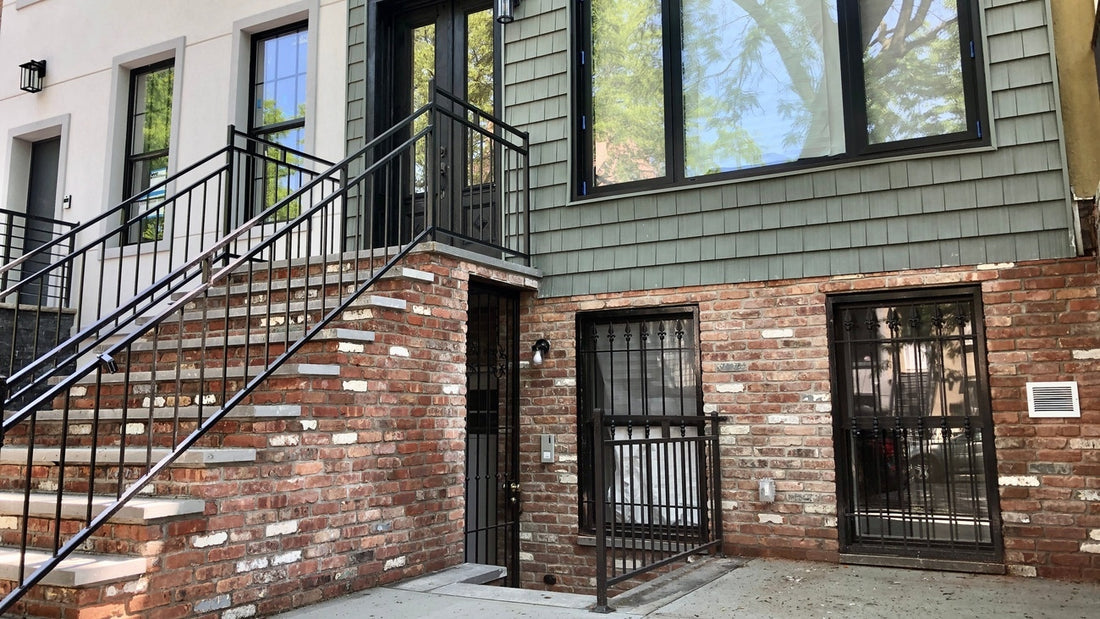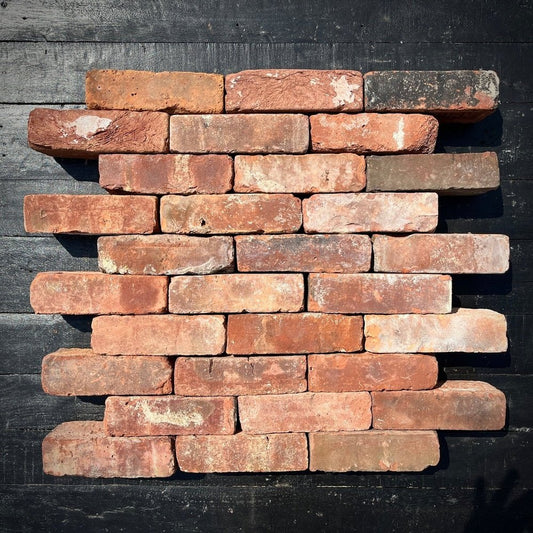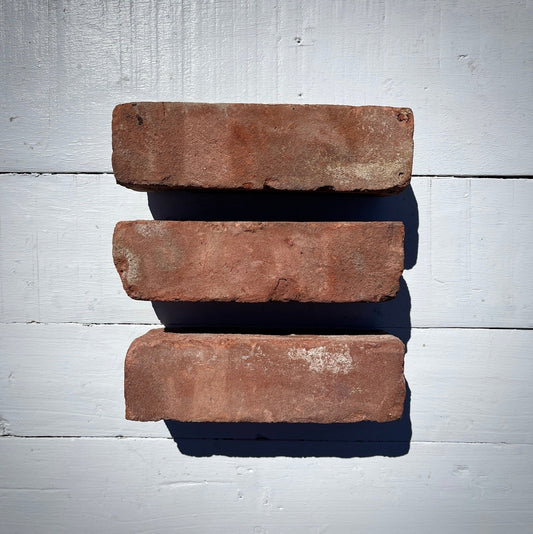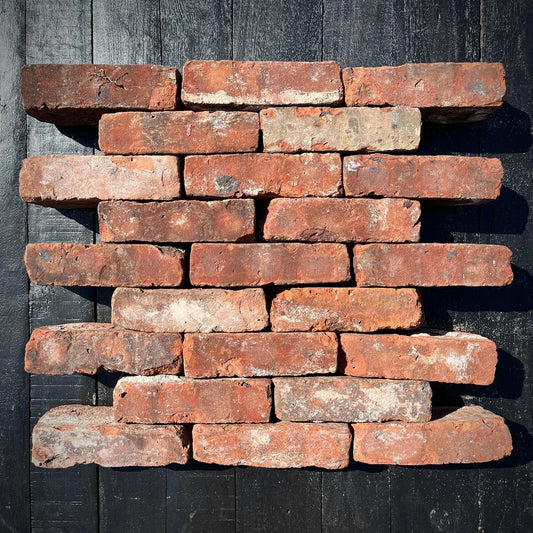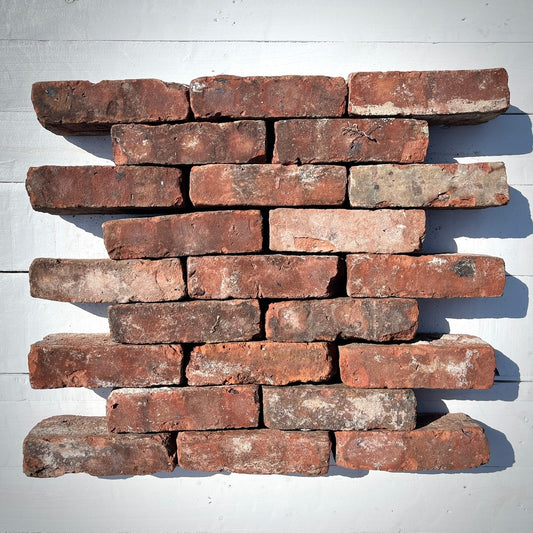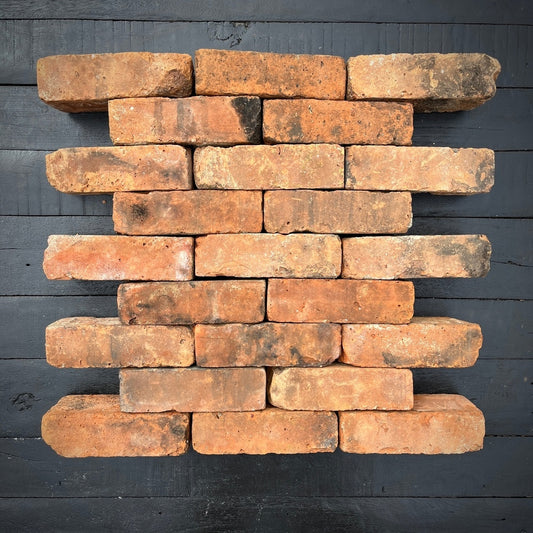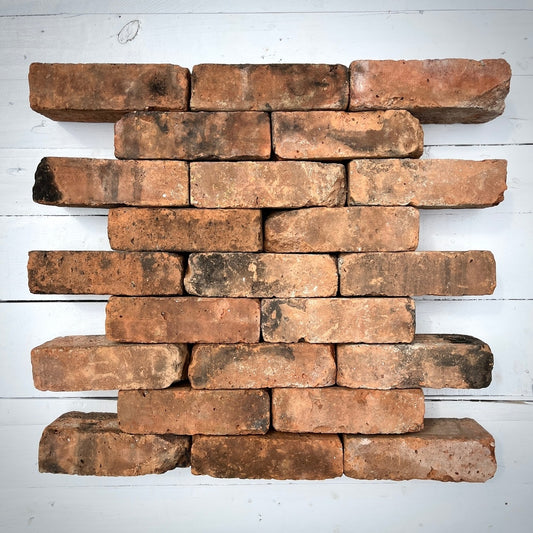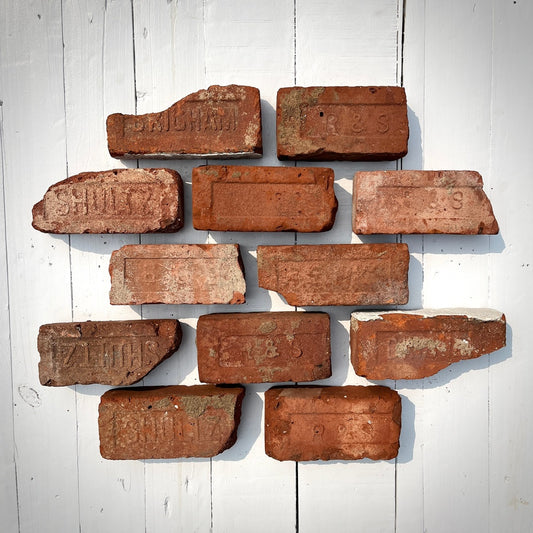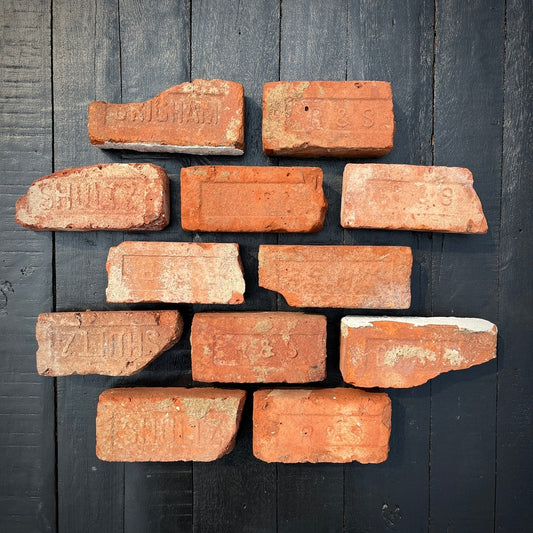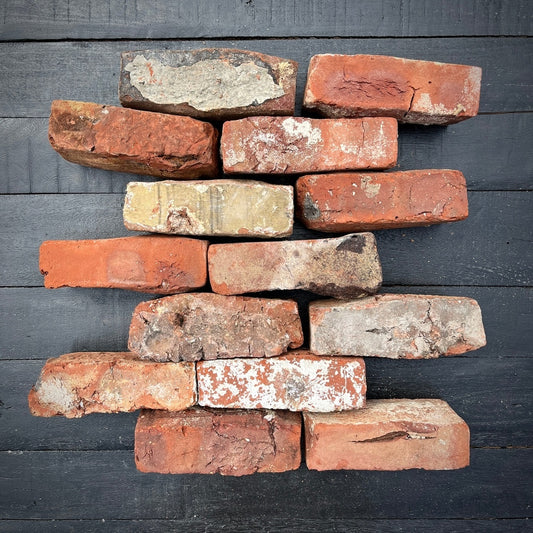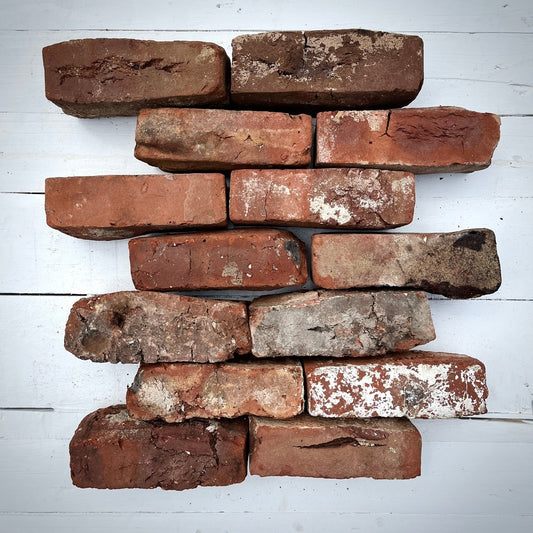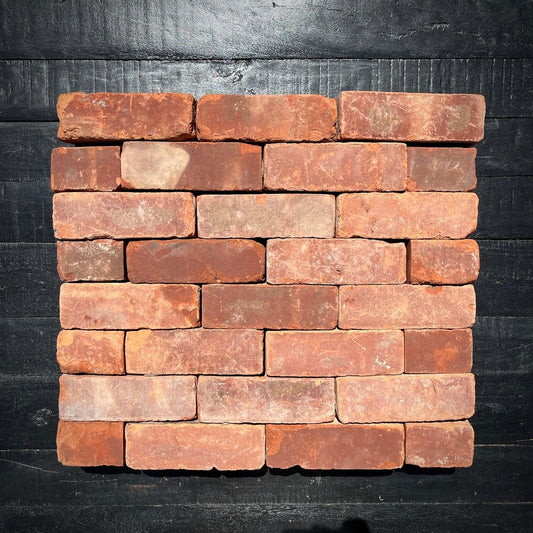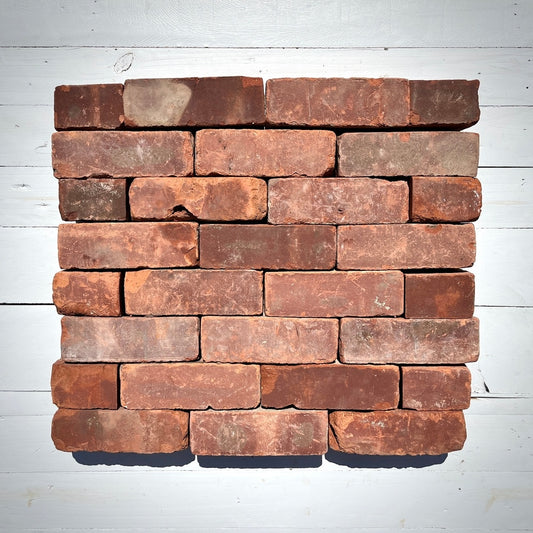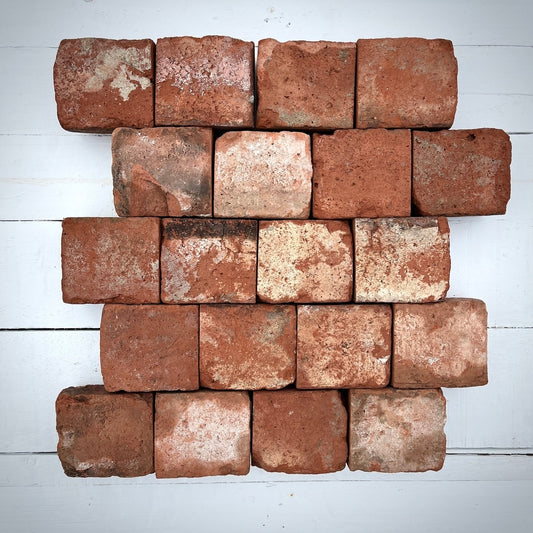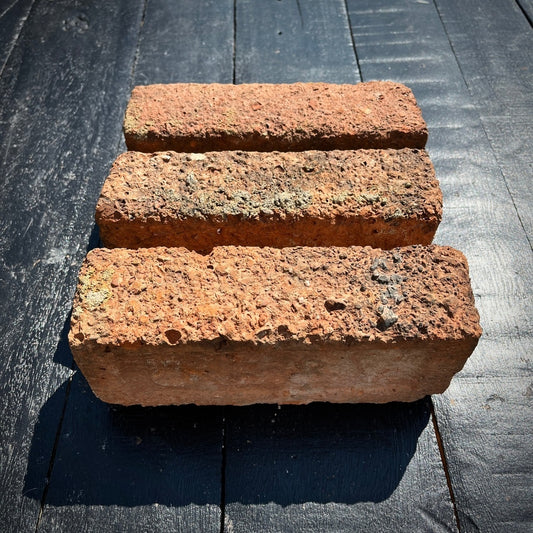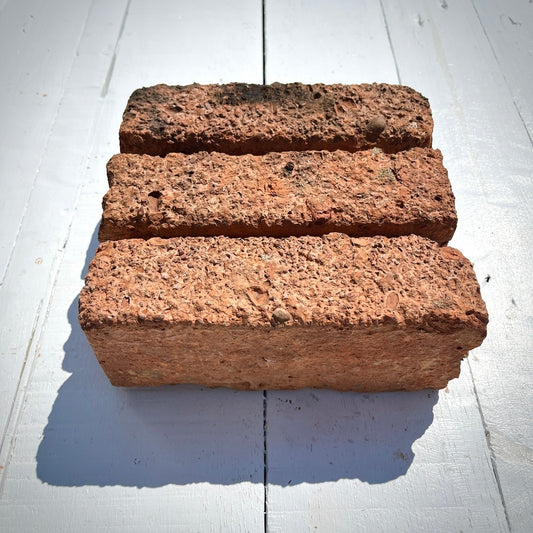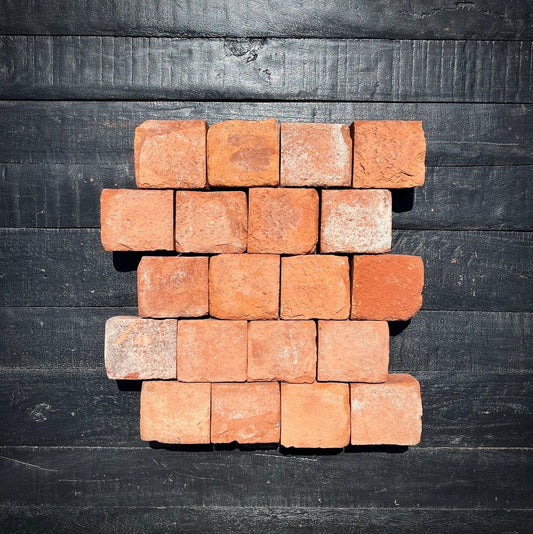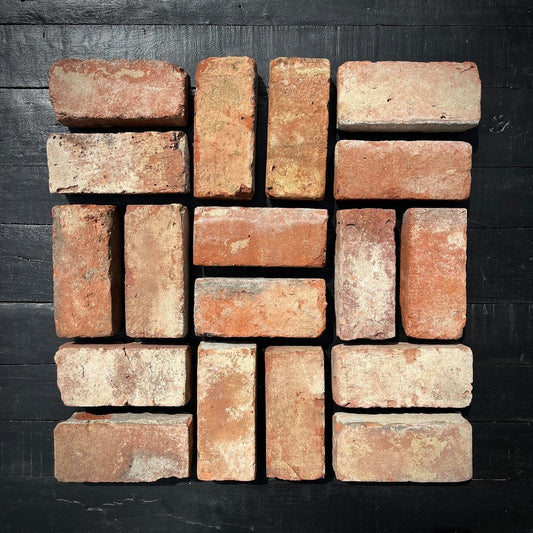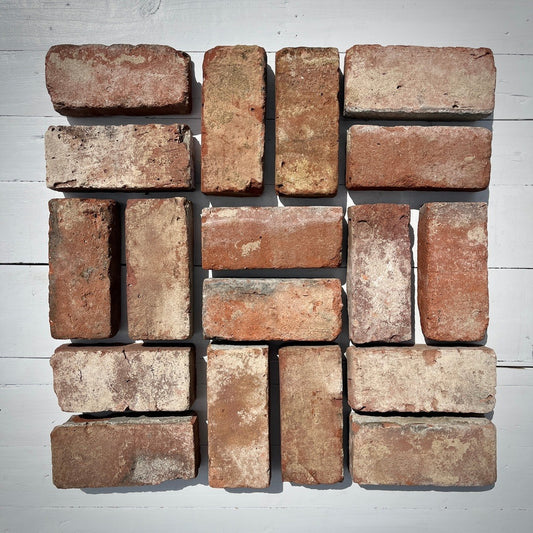Reclaimed Hudson River Bricks: A Signature of New York Contemporary Architecture
The art of brick making dates back over 5,000 years to the ancient walls of Jericho. Throughout history, masons refined hand-crafted brick-making techniques as they searched for lighter, more portable alternatives to stone. By the Renaissance, bricks had become a staple of Europe's grand capitals. It wasn’t long before America, still in its formative years, adopted locally made bricks to build the foundations of bustling 17th-century cities like New York.
New York's original Hudson River clay produced a distinctive light pink brick. To give their creations a red glow reminiscent of Britain’s Georgian architecture, local brick makers added iron oxide to the outer sandy layer during molding. This pigment choice may have been a sentimental nod to the settlers’ homeland, and the rustic appearance of New York’s red bricks retained long-lasting appeal.
By the 1830s, Hudson River bricks were in such high demand that they were transported upriver and through the Erie Canal to construction sites across the nation. The next generation of brick makers mechanized production, creating uniform bricks essential for building Manhattan’s early 20th-century skyscrapers and contributing to the birth of Gotham.
Standing among New York’s architectural treasures today, it’s hard to imagine that in the 19th century, the city was predominantly built of wood. The devastating fires of 1835 and 1845 that ravaged lower Manhattan marked a turning point, leading to strict building codes that mandated fireproof materials—ushering in the widespread use of local bricks.
Horizontal patterns of original Hudson River bricks are a common sight on Manhattan’s facades, while decorative brick motifs can be seen in Brooklyn’s Arts and Crafts-era architecture. Today, reclaimed Hudson River red brick graces many of New York City’s most skillfully renovated homes, blending historical charm with contemporary design.
We spoke with Joseph Aghelian, a New York-based designer and builder from Park Slope Associates, about his use of reclaimed Hudson River brick in a recent Bushwick project.
Why did you decide to use reclaimed brick for your recent project in Bushwick, Brooklyn?
The facade on Jefferson Street was a plain beige stucco that didn’t reflect the neighborhood’s rich history. I was familiar with the antique brick facades on Bushwick’s historic homes, but I was delighted to see subtle, elegant combinations of bricks on the exteriors of new luxury apartment complexes along Jefferson Street. My client’s vision was to create a home that authentically contributed to the neighborhood’s character, and reclaimed New York brick was perfect for achieving that goal.
Did the area’s industrial past influence your decision?
Absolutely! Many New Yorkers know about Bushwick’s current craft breweries, but fewer are aware of the neighborhood’s industrial roots and the famous beer brands, like Rheingold, that once called Bushwick home. These grand buildings, constructed with local brick, reflect a vibrant 19th-century industrial history. Back then, brick making was itself a significant industry along the area’s kills and creeks.
Why did you choose Chief Bricks as your resource?
I wanted to capture that rustic, historic vibe. Alkis at Chief Bricks provided a comprehensive selection of mixed batches and colors that allowed us to achieve the most authentic look. Each reclaimed brick has unique characteristics, creating a richness and depth that new materials simply can’t match. The diverse, hand-picked reclaimed bricks from Chief Bricks make the Jefferson Street home an homage to Bushwick’s past while embracing its dynamic present.

Reclaimed Hudson River bricks continue to connect New York’s storied architectural past with its innovative present, offering a timeless blend of tradition and modernity.

